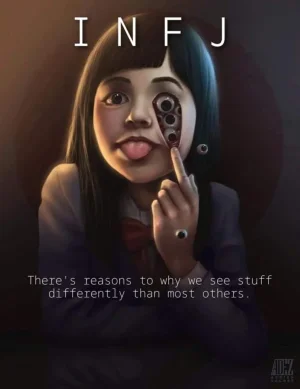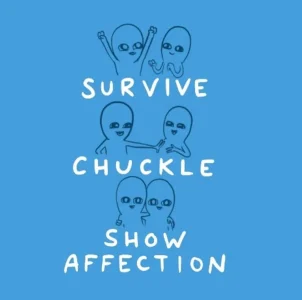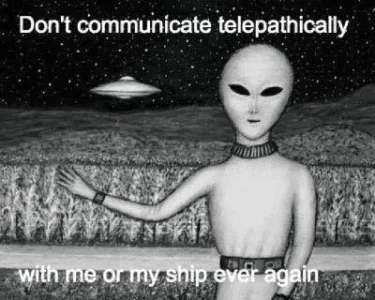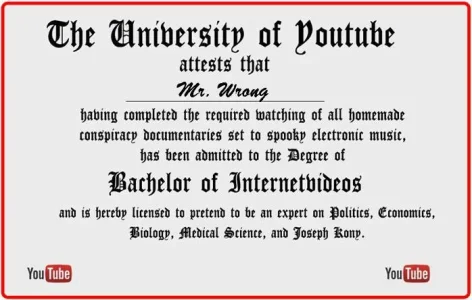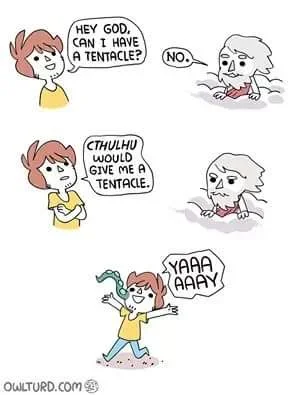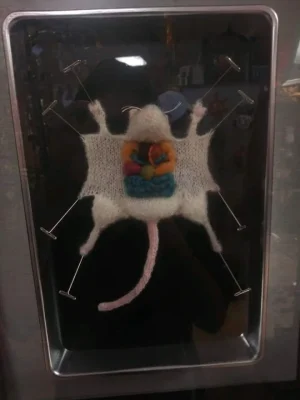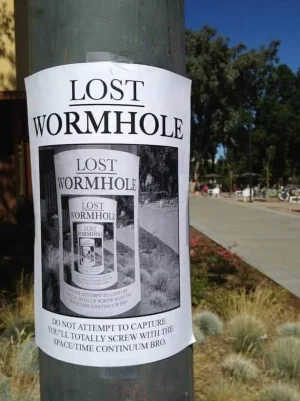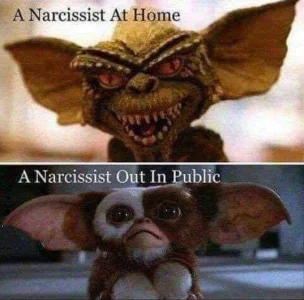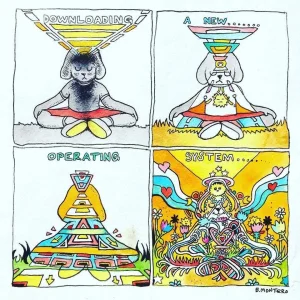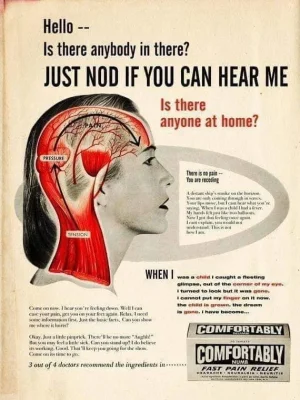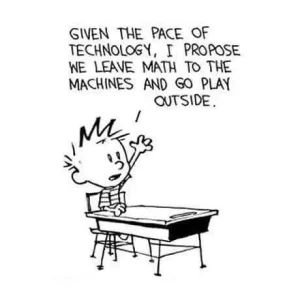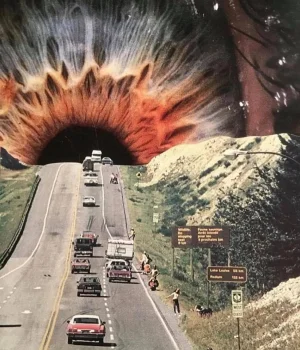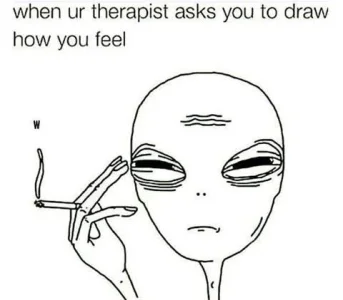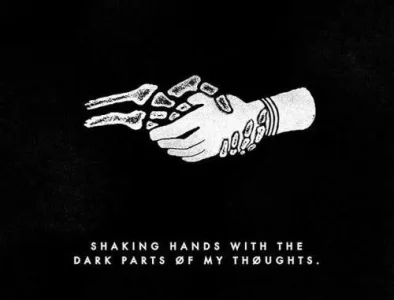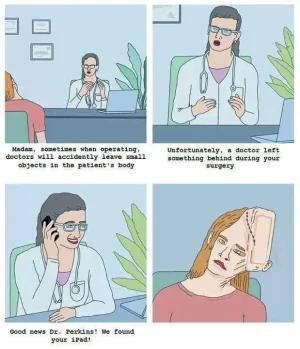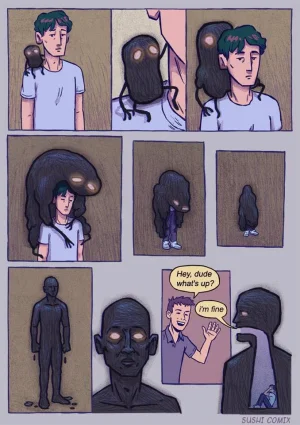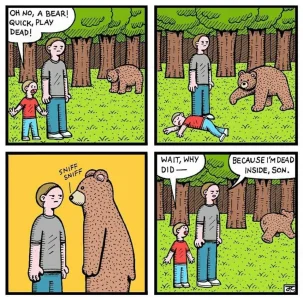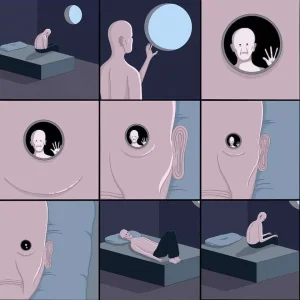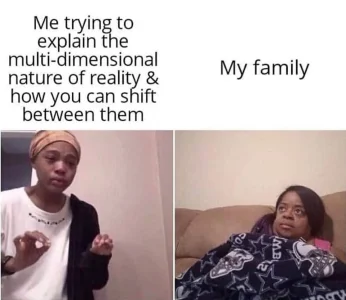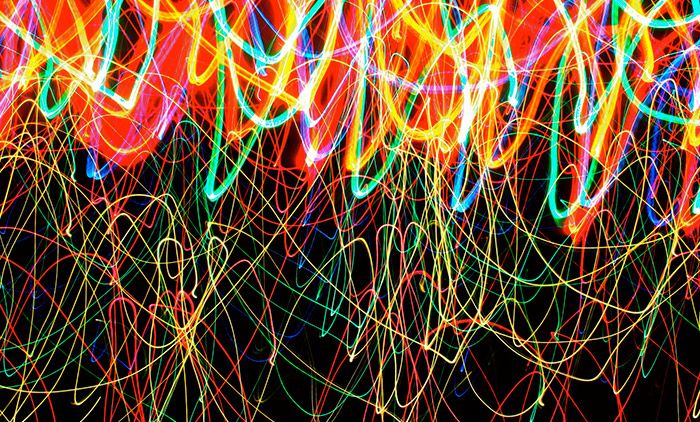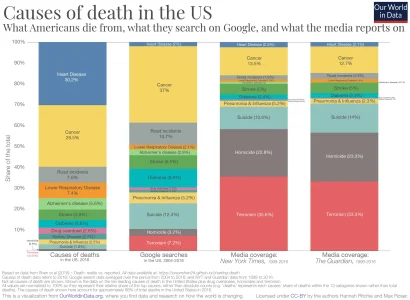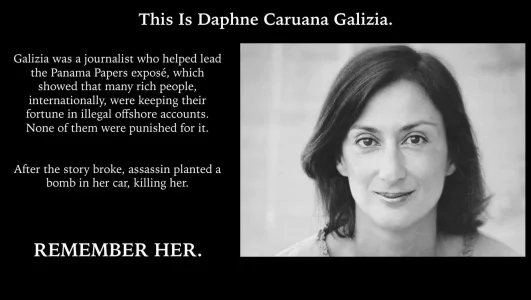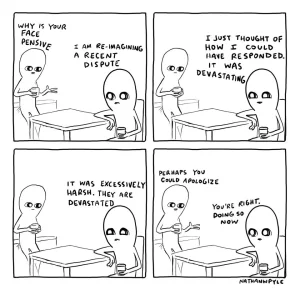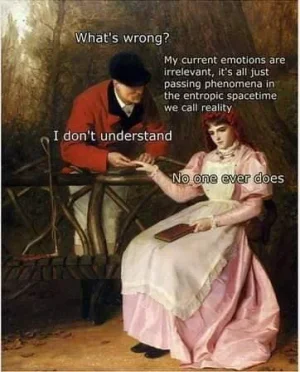A More Direct Approach to Afterlife Research
Each soul will feel and know itself to be immortal, will feel
and know that the entire universe with all its good and with all
its beauty is for it and belongs to it forever.
Richard Bucke, M.D., Cosmic Consciousness
A More Direct Approach to Afterlife Research
In our age of science, it’s tempting to ask: Is there a life after death?
What was once religious belief, an aspect of mythology, may now be reframed as a scientific question that appeals to evidence and allows you to draw conclusions.
Psychical research, launched by Henry Sidgwick and Frederic Myers in 1882, focuses on proof based on inference to the best explanation.
In one case, somebody sees the apparition of a known dead person; the apparition describes where he hid his last written will and testament.
No living person knows where the document was hidden.
Interested parties go to the unknown place as described by the apparition; the last will is found there and is validated by the courts.
What is the best explanation?
Coincidence?
Fraud?
The percipient’s ESP?
After due consideration, some might think the best explanation is that it was a discarnate agent who revealed the location of the will.
Most of the evidence for life after death is like the latter, and involves making inferences to the best explanation of facts from mediumship, hauntings, apparitions, reincarnation studies, near-death experiences, and so on.
There is something indirect and abstract in the way this type of rational inference takes us to the seat of belief in another world.
To say this is not to underrate the importance of rational inference—not at all.
But there is a more direct path to conviction I want to discuss, a path whose psychological impact may be rich and profound.
Laura Dale, former editor of the Journal of the American Society for Psychical Research, once said to me that listening to Beethoven’s
Missa Solemnis was to her the greatest proof of immortality.
This remark was from a person with a keen sense of evidence and inference.
But no inference is involved in listening to great music; yet for Laura Dale the impact was more powerful and more meaningful than proofs based on inference.
I had a similar experience once, so I understood her point.
I was a high school student and heard a piece of music on the radio by the medieval composer, Johannes Ockeghem (d.1497).
It was titled
Credo Sine Nomine (Belief Without a Name).
Listening, I found myself in another mental space; the feeling was indescribable, dying seemed the thing to do; I was overflowing my bodily container.
Being in my body felt like an obstacle to
really hearing that music.
I “saw” my immortality.
I had proof of something in me that was deathless.
At a later date, I had
another type of experience that led to a similar conclusion about a possible next world.
But the scene was different.
This time I was spending the night in a house where nine other people reported seeing what they called a ghost.
At two in the morning during my vigil, I not only saw the ghost but it attacked me, wrapping its vaporous form around my shoulders, and paralyzing every muscle in my body.
The entity that did this was real and acted with terrifying decisiveness.
My experience seemed to confirm the previous claims about the presence of a ghost in the house—so I inferred.
So there are two kinds of ‘argument’: one based on inference, a linear procedure; the other on intuition, an immediate apprehension.
In the first, we use reason to build a case for the postmortem survival of a particular person.
In the second, a form of consciousness comes into play, intuitive, ecstatic, super-rational; you find yourself there, so to speak, in another world—outside physical time and space.
An extraordinary lightness of being, physical and mental, gives rise to the conviction of immortality.
The first argument is scrupulous about scientific method; the second arises from a special state of consciousness, associated with mystical experience.
One sense of ‘proof’ is rule-based, and moves from premises to conclusions.
The second is rooted in the Latin, Italian sense of the word
prova meaning ‘test or experience’.
I have only to experience the redness of a rose to know it is red.
No reasoning process, no movement from premise to conclusion is necessary.
Socrates remarks in the
Phaedrus that “in reality the greatest of blessings come to us through
mania, when it is sent as a gift of the gods.”
Mania in classical Greek means both madness and ecstasy; if you’re
ek-static you’re outside your normal self, and in that sense, ‘mad’.
After Plato, it was the classical scholar and great psychologist, Frederic Myers, who singled out ecstasy as key to understanding the unknown potentials of human consciousness.
“From a psychological point of view, one main indication of the importance of a subjective phenomenon found in religious experience will be the fact that it is common to all religions. I doubt whether there is any phenomenon, except ecstasy, of which this can be said. From the medicine-man of the lowest savages up to St. John, St. Peter, St. Paul, with Buddha and Mahomet on the way, we find records which, though morally and intellectually much differing, are in psychological essence the same. At all stages alike we find that the spirit is conceived as quitting the body; or, if not quitting it, at least as greatly expanding its range of perception as some state resembling trance.”
The ecstatic state by definition is transformative, a shift from self-involvement to self-transcendence.
In the Katha Upanishad, Nachiketa interrogates Yama, the Lord of Death, about the afterlife.
Yama says that the answer lies in the experience of the Atman, (our subliminal self, we might say).
To achieve this, the Lord of Death tells us that we must “concentrate”.
“Atman is subtler than the subtlest and not to be known by argument.” Moreover, “it is the very nature of the Knowledge of Atman to put an end to all doubts.”
The experience is self-certifying, perhaps not unlike one’s perception of the redness of a rose.
“The knowing Self (Atman) is not born; it does not die. It has not sprung from anything; nothing has sprung from It. Birthless, eternal, everlasting, it is not killed when the body is killed.”
Since we are unable to reduce consciousness to brain states and processes, there is nothing to prevent us from assuming that consciousness pre-exists the brain.
Consciousness, it is tempting to infer from its irreducibility, is grounded in itself.
“It has not sprung from anything” as the Katha Upanishad states.
Now, if our minds are part of the one mind described by the Upanishads, it might be possible, under the right conditions, to experience the eternal aspect of our consciousness.
So here we have our alternate, more direct, ‘noetic’ approach to survival research.
Evidence shows that breakthroughs may be triggered by any number of circumstances.
William James coined the term noetic from the Greek nous, Plato’s term for intuition.
James, Plato, and the Katha Upanishad help us imagine the basis of a more direct approach to survival research.
Our expanded concept of mind is grounded in human experience, mystical, creative, and paranormal.
As this concept seeps more deeply into the culture, the temptation to induce noetic experience is likely to increase.
We’re asking whether it makes sense to talk of experiencing the next world now.
Once we understand the “next world” as referring to a profoundly altered state of consciousness, the idea seems less far out.
A theoretical premise should clarify in what sense it is possible to experience the ‘next’ world now.
Assume that the brain does not create but transmit consciousness.
But consciousness, if not rooted in the brain, extends beyond the physical environment.
It may reach into a space, as Heraclitus said, “without boundaries”—the One Mind of the great traditions.
Traditional methods of contact revolve around one major principle, deliberate dissociation: by fasting, chant, meditation, prayer, detachment from material possessions, chastity, tantrism, breath control, ecstatic dance, solitude, entheogens, and so on and so forth—anything that serves to break the spell of solidarity with everyday reality.
In a way, the great challenge is simple.
What is required is to get oneself out of the way, so that something greater can break into our consciousness.
The more direct path may be as simple as learning how to do nothing and how to stop thinking.
_________________________________________________________________________________________________
Frederic Myers (1903), Human Personality and its Survival of Bodily Death. (Vol. 2, pp.460-61).
[ii] Swami Nikhilananda (1963), The Upanishads. Harper Torchbooks, pp. 72-73.
[iii] See Ed Kelly, ed. (2007) Irreducible Mind: Toward a Psychology for the 21st Century. Rowman&Littlefield.
[iv] For an overview of the basic types of afterlife evidence and of methods conducive to direct, intuitive contact, see Grosso, M. Experiencing the Next World Now (2004).
[v] I have discussed this crucial idea in a chapter on the mind-brain connection in Beyond Physicalism, ed. Ed Kelly.








